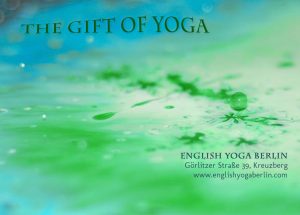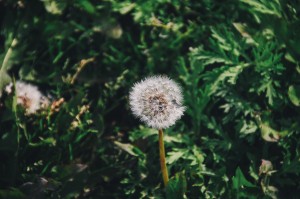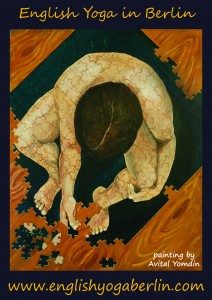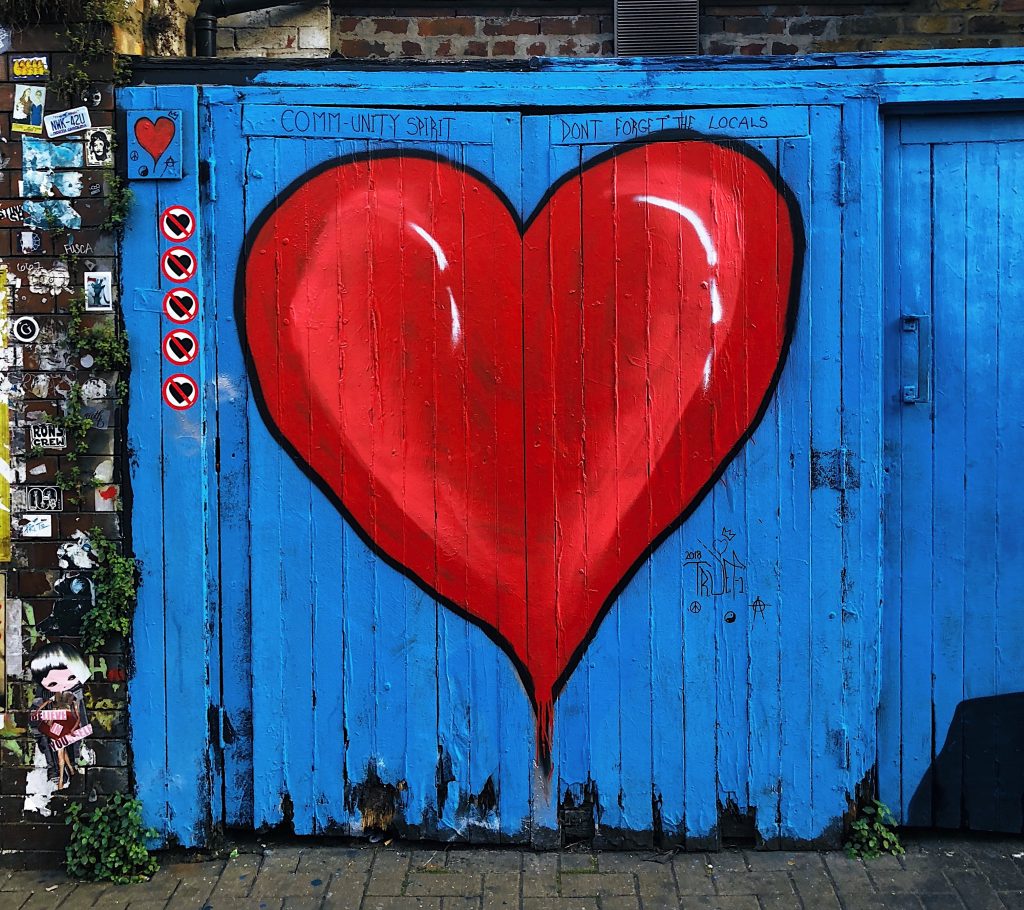Leaving a yoga class
Contemporary western Post-Krishnamacharya yoga claims to be about self-care, so when something’s feeling not right in a yoga class, a participant may take the initiative to leave in the middle of it. In a large yoga class, at a fitness studio for example, where there are many participants crammed into a big space, it may hardly be noticeable. But when it’s in a small room with fewer participants, it could cause a disruption of the community atmosphere that the teacher is trying to create.
Yoga as community
When choosing to attend a yoga class, one is choosing to be led by an experienced teacher in a shared space with other participants. This creates a temporary community yoga experience, if not one over a longer time when practicing with the same people week after week. A yoga teacher attempts to create a shared experience for that group of participants that invites each of them to practice finding balance in mind and body in a room with other people. Feeling part of that community contributes to that balance. The yoga teacher’s job is to not only lead the yoga practice, but to also create a balanced and safe(r) community experience. If someone leaves the class, it can not only create a disruption, but may also signal that a disruption has already occurred.
Creating a safe(r) space
Most yoga teachers have experienced a participant leaving their class at least once in their teaching, and can understand that a person is just taking care and honouring their own needs in the moment. But if it happens regularly, it might be a good idea to check-in and evaluate teaching methods – perhaps asking for feedback from participants, especially from those who have left a class, or upgrading teaching skills.
What is it a teacher can improve upon in creating an environment where participants feel safe, seen and respected?
For every community, what that looks like could be different. At English Yoga Berlin, we’re committed to the practice of Ahimsa (non-harming) and injury-conscious yoga. At our space, we’ve put up a sign of guidelines for a safer space, and provide consent cards for permission to be touched during the class. What are other ways of doing this? We’d be happy to hear about your strategies in the comments below.
Self-care
When a participant leaves a yoga class, they’ve most likely gone through a thought process to decide whether it’s the best thing for them to do in the moment. They’ve made the time for themselves, and have likely already paid for the class, in order to practice self-reflection and self-care. And what they realize in those first moments of the class, is that whatever they’re doing is not helping them achieve that. It could be that the community is not right for them, or something happened or didn’t in order for them to feel safe, or they felt harmed in one way or another.
I, myself, have left a meditation class once because a fellow participant was behaving in a sexist manner towards me and the teacher did nothing to stop it. I felt directly harmed by the environment created in the room and would not be able to stay through the whole class without continuing to be harmed. This was a weekly class that I had been attending for a long time, and it was offering me relief from my struggle with endometriosis. I felt that my healing process was disrupted by this guy’s behaviour and the fact that the teacher just brushed it off. I couldn’t go back. If I’d thought there was something I could learn from this experience, I might’ve stayed. After having just finished the Svastha Yoga Therapy advanced teacher training program, I’ve learned a lot about sitting through discomfort and examining my own participation in it. In this case, what I could’ve learned was to gather more strength and resilience against sexism. But I also wanted to show to people (him and the teacher) that this kind of behaviour is unacceptable and I will not tolerate it. No need to be a doormat!
Fight or Flight?
Yoga teaches us about balance, and how we react to behaviour in ourselves and in others around us. Sometimes the best way to learn about ourselves is to feel discomfort, to dive into those feelings of unknown territory. If we are resilient enough in the moment to do so, we can come out of that experience transformed. But if we flee too soon without examining what it is about a certain experience that bothers us, it might show us that we are afraid to address this part of ourselves that has taken us here. The amygdala, which governs our fight-or-flight response through the vagus nerve, is designed to be over-active, urging us to flee or be on guard at the slightest hint of danger. It’s a great instinct that was designed into the human structure when we needed to be on the constant look-out for predators. Yes, there are dangers in our current world – and for some of us those are real and life-threatening. But when we haven’t fully addressed those dangers, when we repress them, or don’t have the means to recover from them, then everything that reminds us of them will trigger the vagus nerve, even when those dangers are no longer there. If we continue to flee when that response comes up, we will never recover. The only way to do so, is to meet with it, understand it, and move through it. Self-care isn’t about taking care of immediate gratifying desires, but about knowing when to guide oneself through uncomfortable moments in order to expand one’s understanding of themselves and their interactions with the world.
“We at English Yoga Berlin offer Hatha Yoga classes with Pinelopi and Vinyasa flow yoga with Juli. Our yoga Kreuzberg Berlin classes are open for and welcome to beginners. We also offer Berlin business yoga, pregnancy yoga, and private yoga classes, including for people struggling with chronic pain.”

















